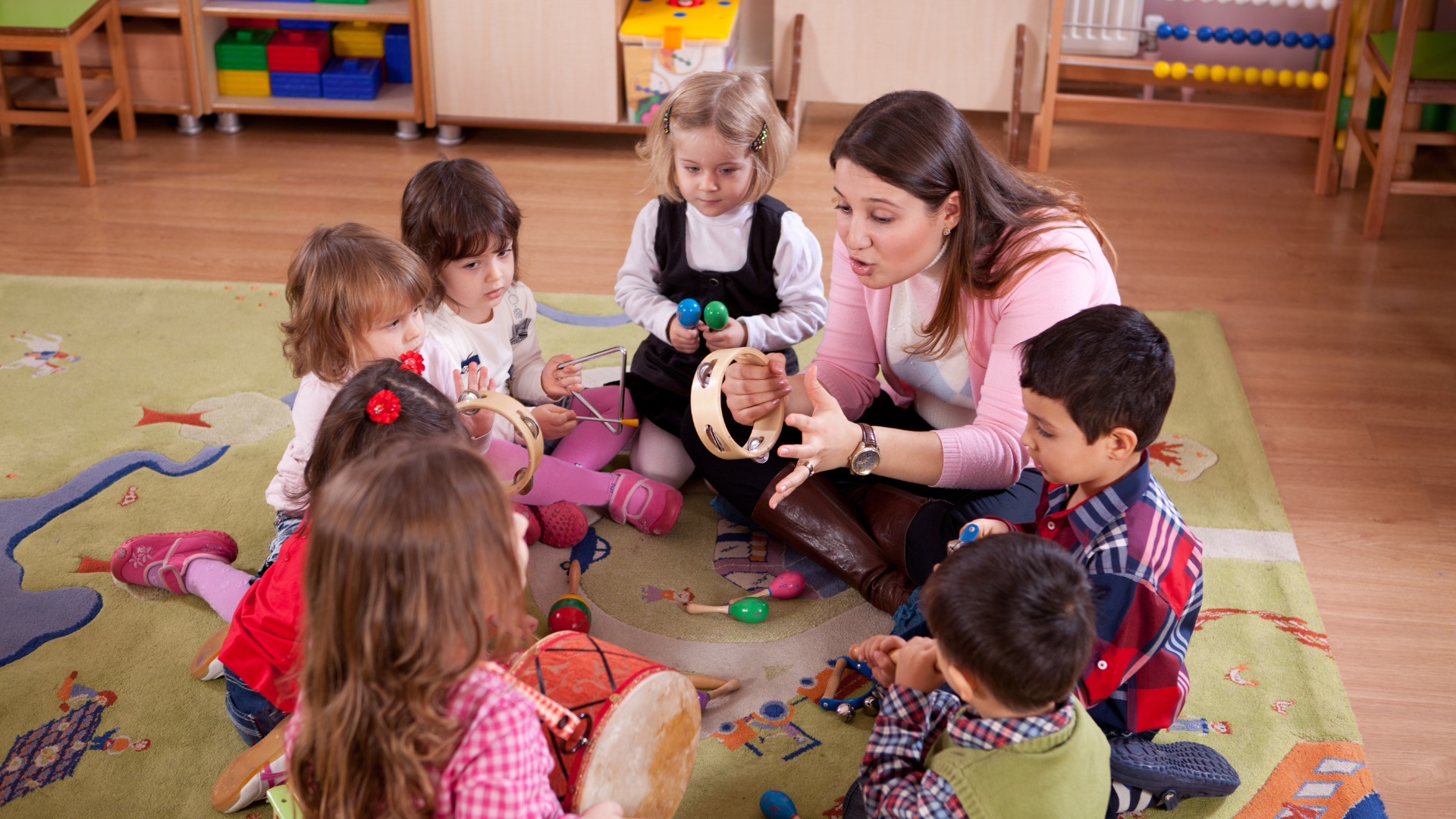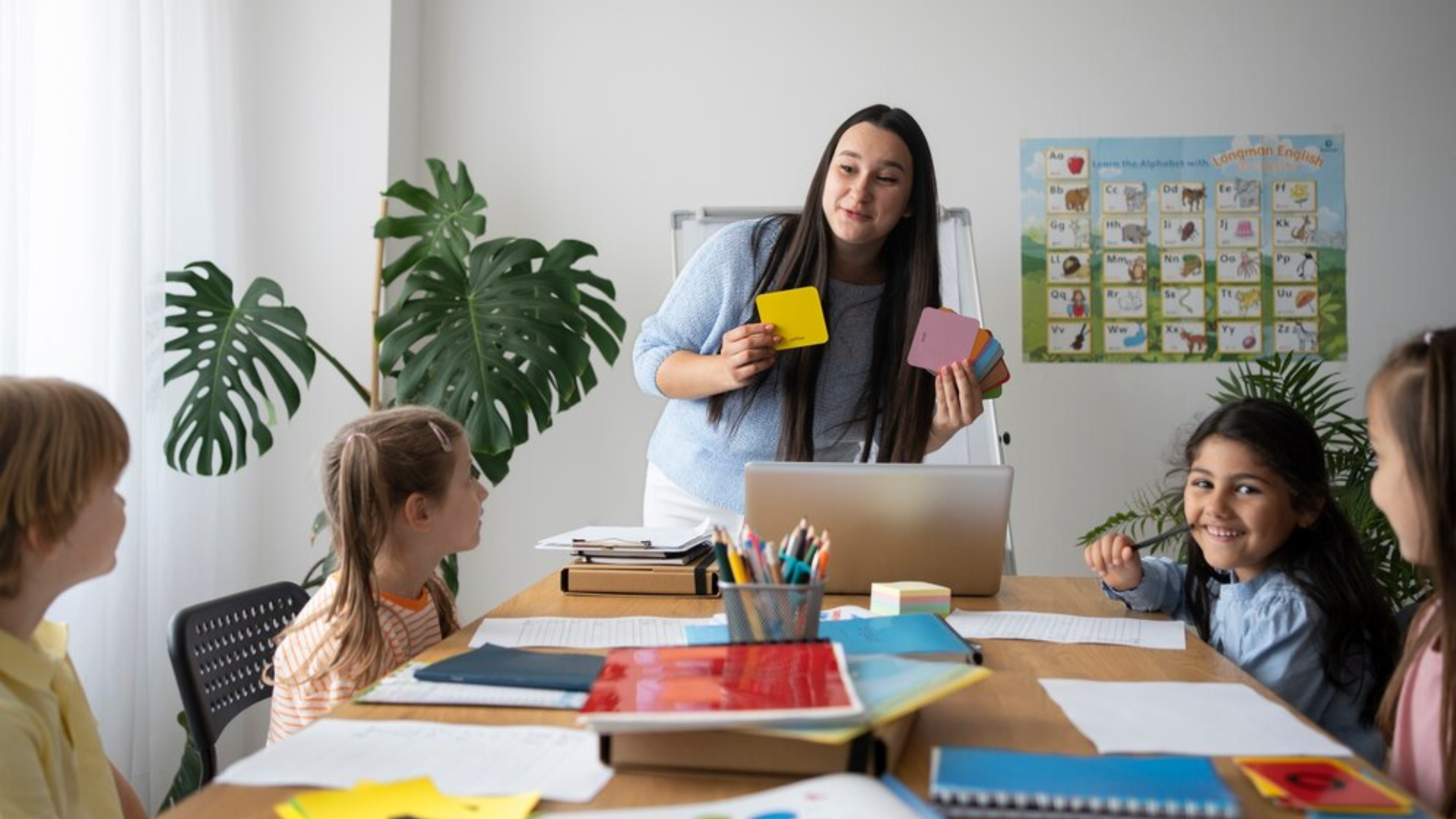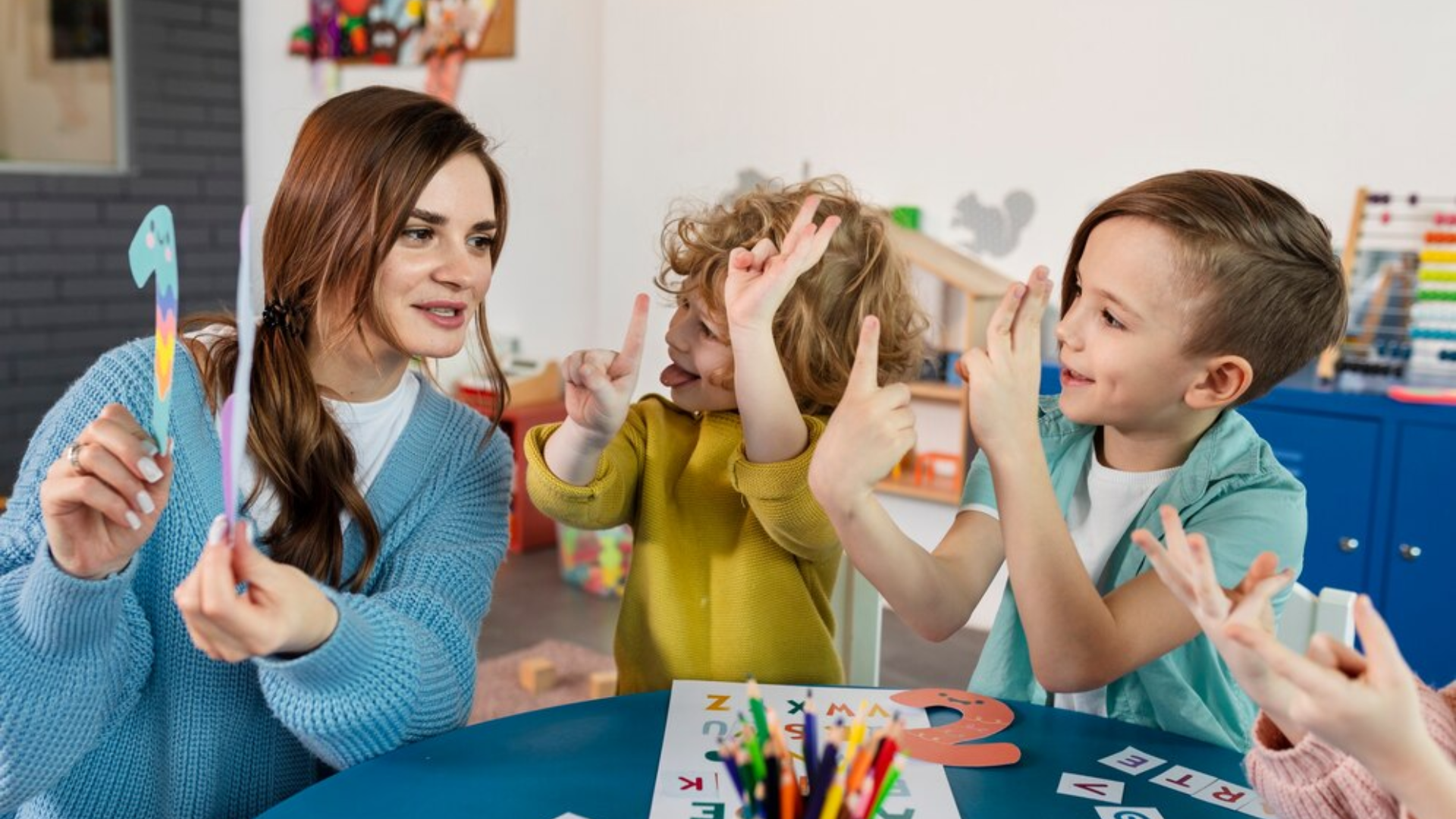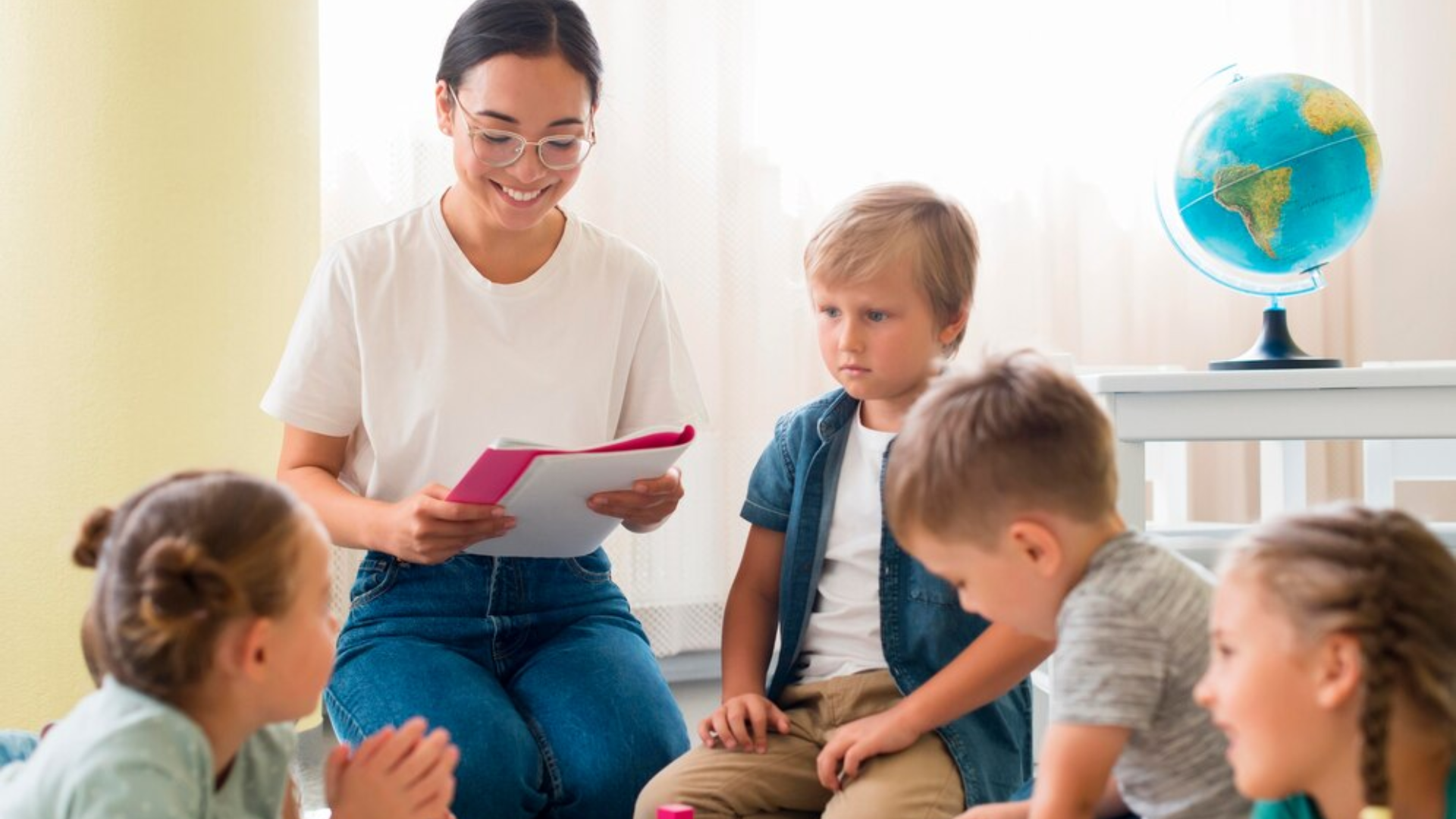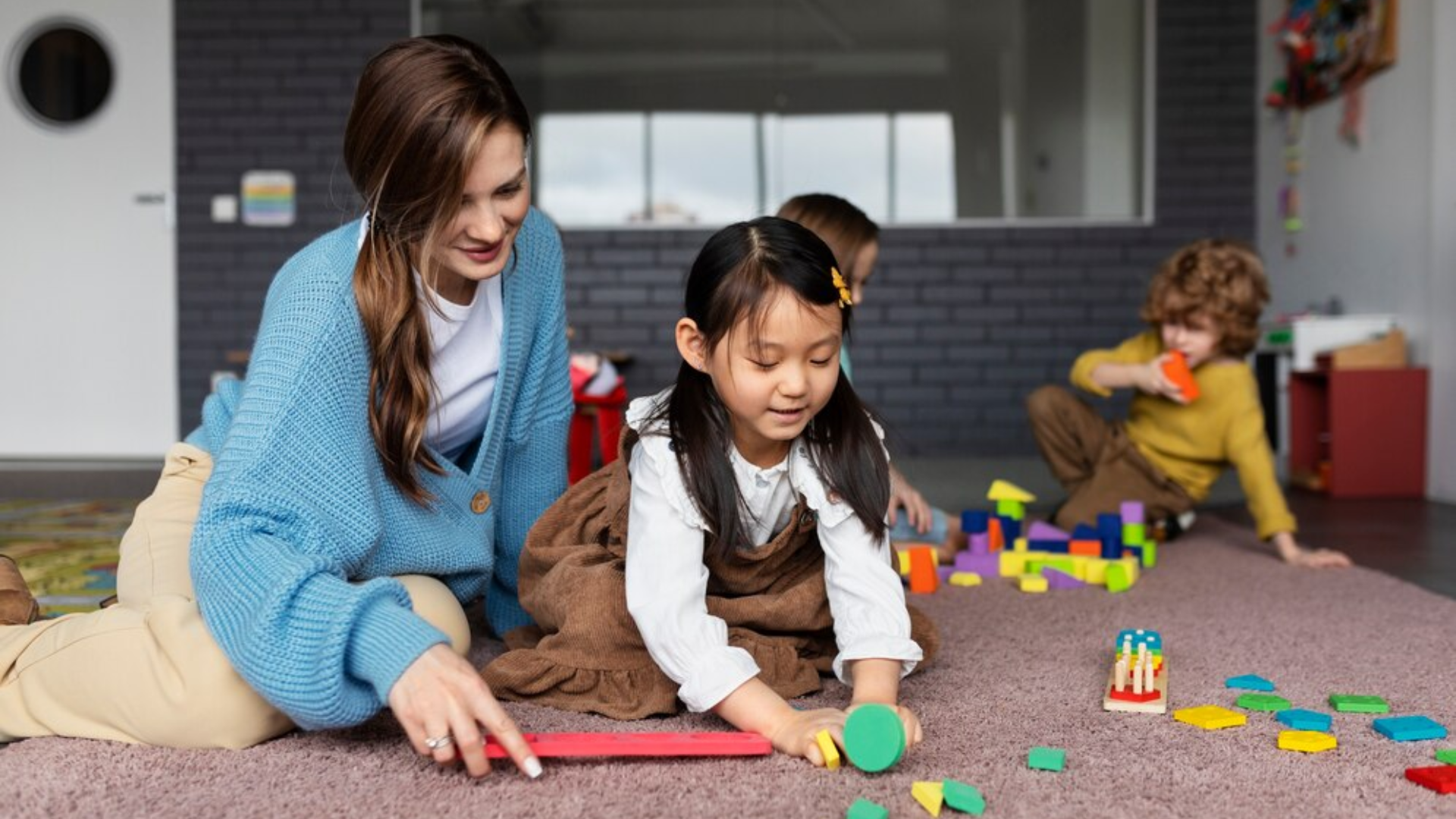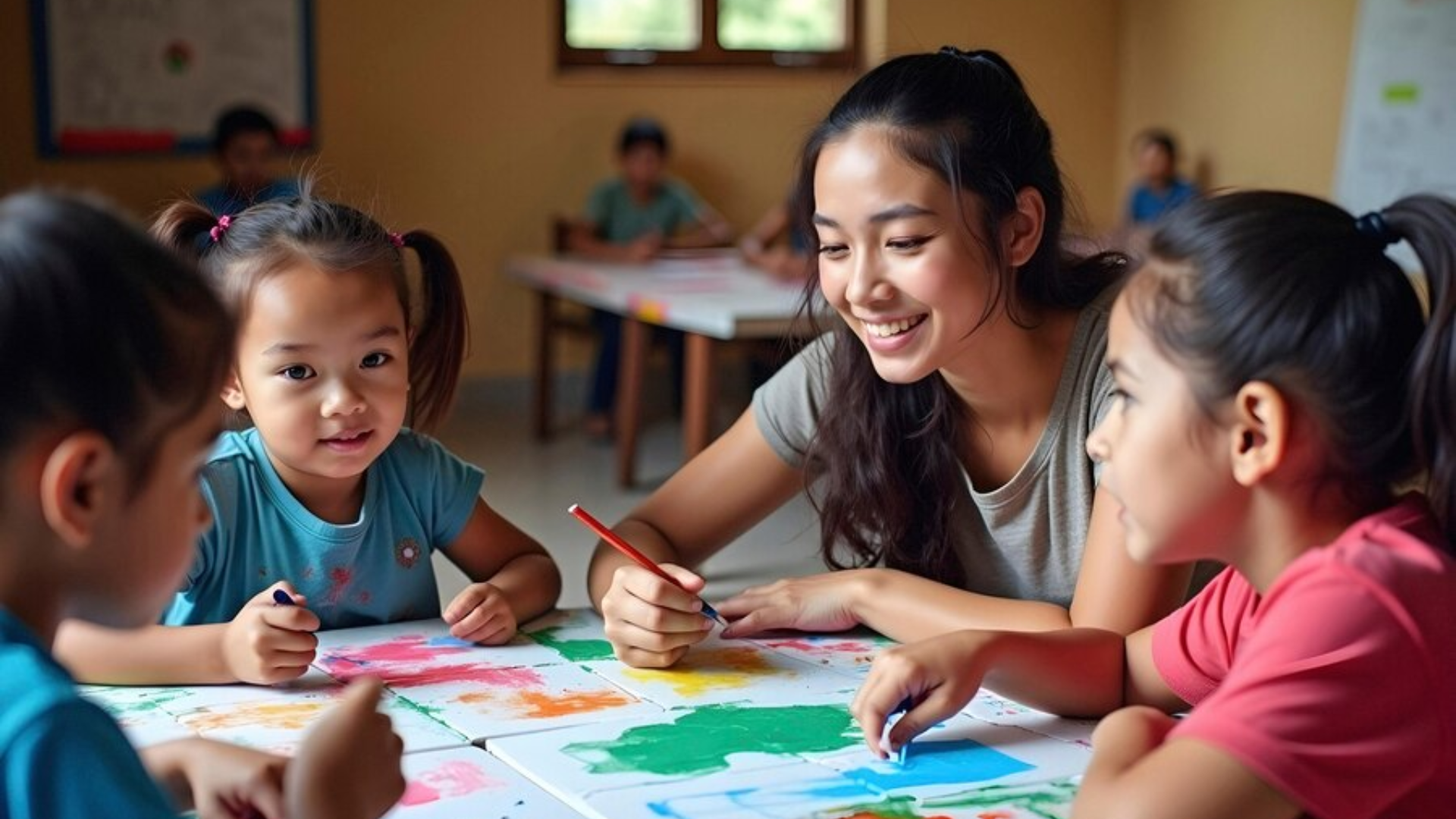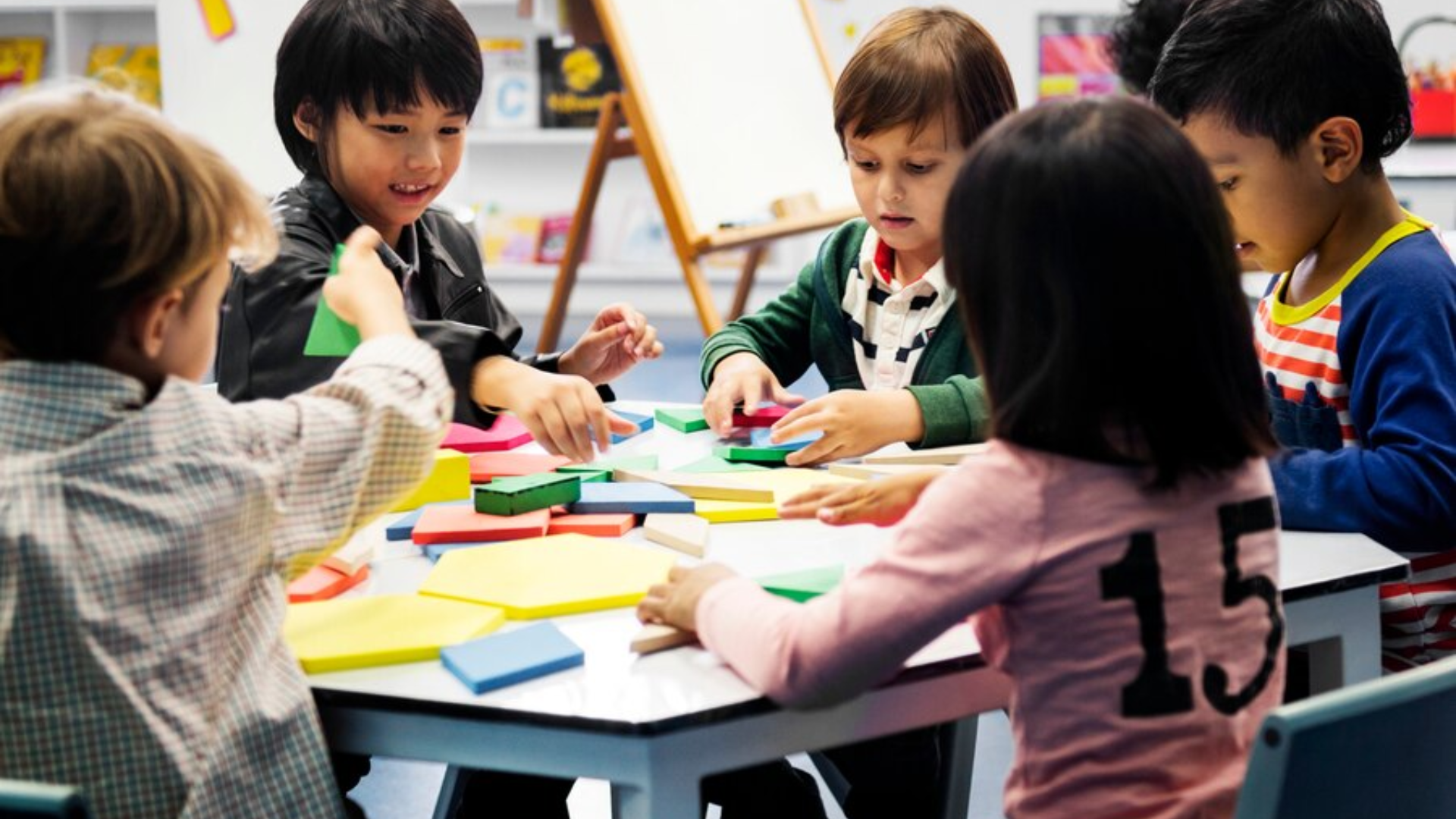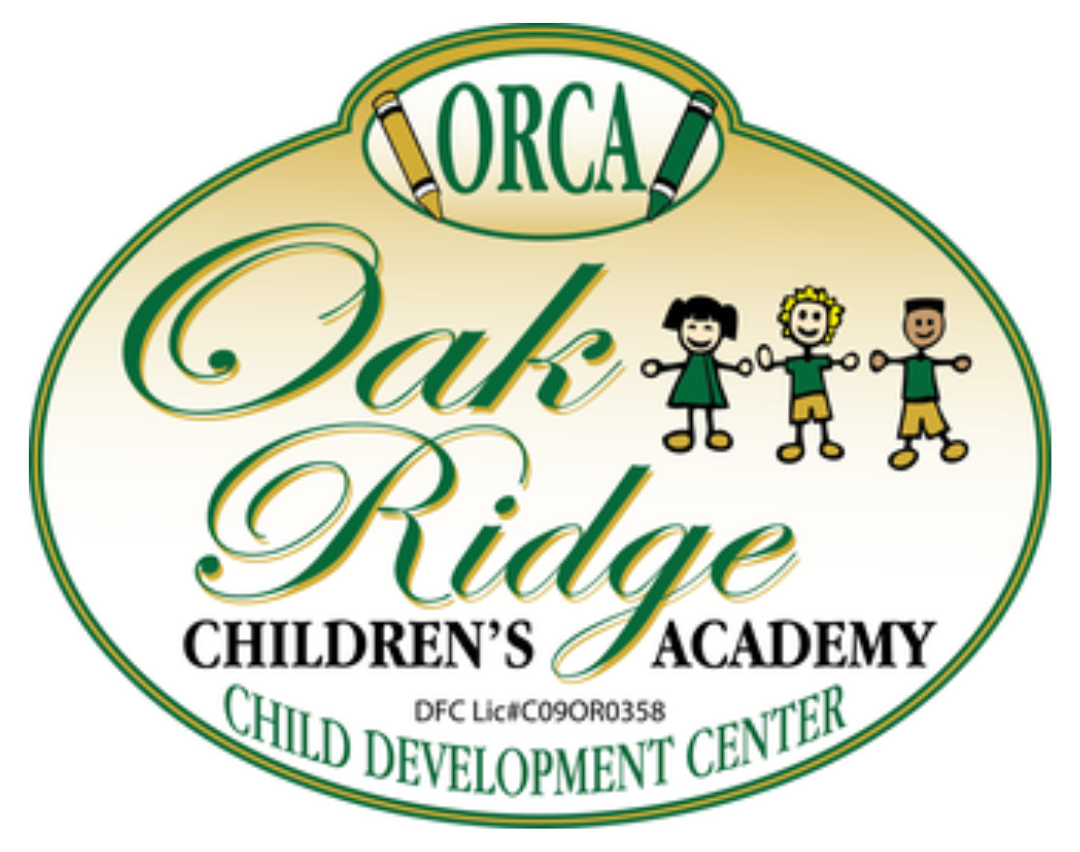Why Risky Play Can Be a Good Thing for Kids
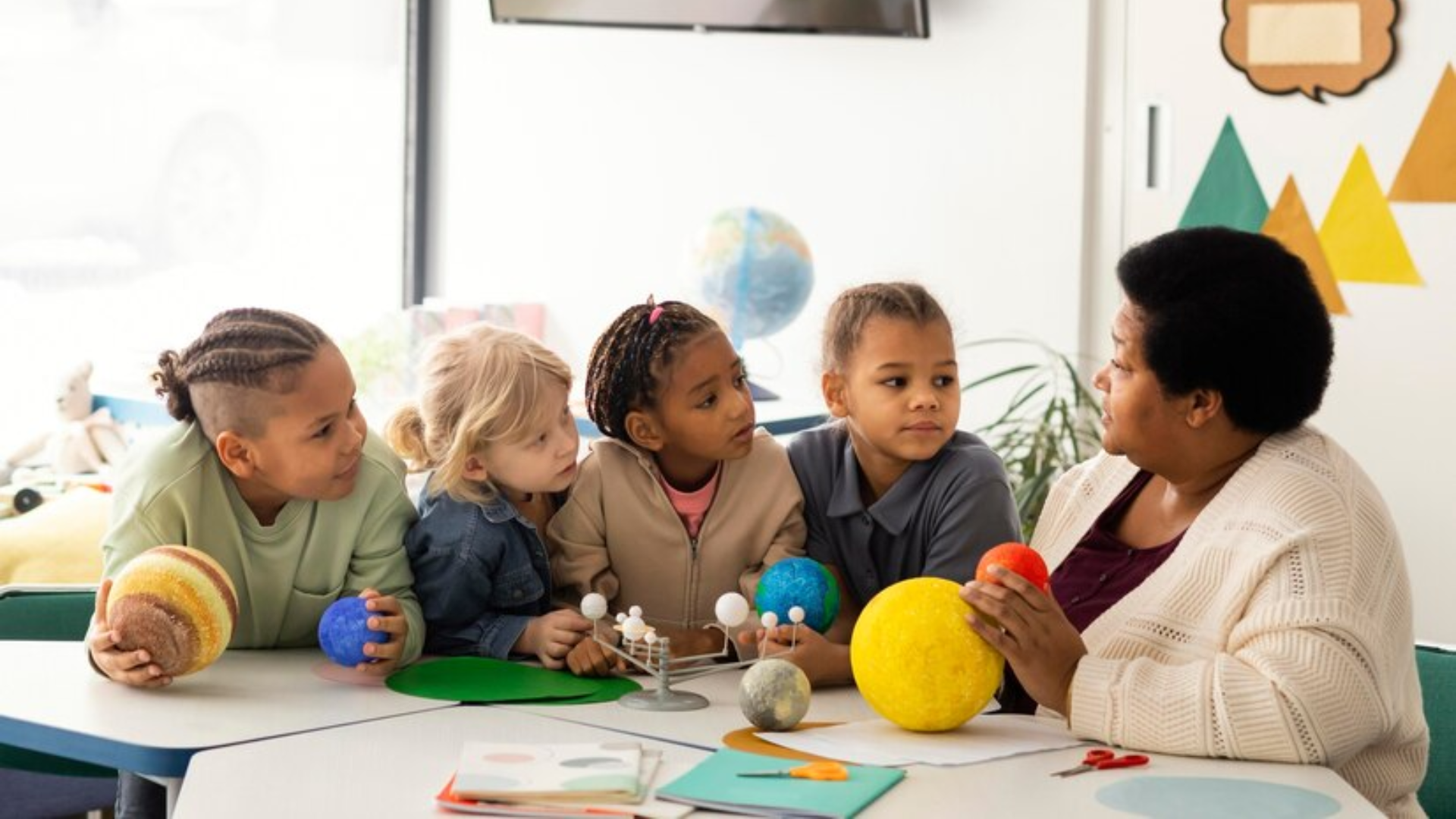
As parents and caregivers, it’s natural to want to protect children from harm. However, when it comes to their development, there is a growing body of research suggesting that children need a certain amount of “risky play” in their lives. While risky play might seem alarming, it can actually provide numerous benefits that help children grow emotionally, socially, and cognitively. Allowing children to engage in activities that push their boundaries in a safe and controlled environment helps them develop important life skills, such as resilience, confidence, and problem-solving abilities.
In this blog post, we’ll explore the concept of risky play, its benefits, and how it plays an essential role in children’s overall development.
What is Risky Play?
Risky play refers to activities that involve a certain level of risk or challenge, often involving physical activity, exploration, or uncertainty. These activities can include climbing trees, jumping from heights, playing with potentially dangerous objects, or navigating obstacles that test a child’s physical and mental limits.
However, risky play doesn’t mean encouraging children to engage in dangerous or reckless behavior. It simply refers to activities that allow children to push their comfort zones and test their abilities in a way that’s appropriately challenging for their age. These activities often involve some element of fear, uncertainty, or excitement, but within a safe context where children can learn to assess and manage risks.
The Benefits of Risky Play
While the idea of children engaging in potentially dangerous activities can be concerning, research has shown that risky play offers numerous developmental benefits. Here are some key advantages:
1. Building Confidence and Independence
One of the primary benefits of risky play is that it helps children build self-confidence. When children take risks, they face challenges and overcome obstacles, which gives them a sense of accomplishment and pride. Successfully navigating a tricky situation, such as climbing a tree or balancing on a narrow ledge, reinforces the belief that they can handle difficult tasks.
By giving children the freedom to make their own decisions and manage risks, they also learn how to be independent. They become more confident in their ability to make choices and take responsibility for their actions.
2. Developing Problem-Solving Skills
Risky play requires children to assess situations, make decisions, and solve problems. For example, when climbing a jungle gym or balancing on a log, children have to figure out how to approach the challenge, what steps to take, and how to maintain balance. These tasks require critical thinking and creativity, and they help children develop problem-solving skills that will serve them well in various aspects of life.
When children are encouraged to engage in risky play, they are often faced with unexpected situations that require them to think on their feet. This enhances their ability to analyze problems, consider different solutions, and make decisions independently.
3. Building Resilience and Coping Skills
Risky play also teaches children how to deal with failure and setbacks. While they may experience small falls or mistakes, these experiences teach them resilience the ability to bounce back from challenges. When children engage in risky play, they learn that failure is a natural part of the process and that they can try again. This fosters emotional resilience and the ability to cope with frustrations in a healthy way.
Additionally, risky play often helps children develop a healthy tolerance for discomfort. Whether it’s climbing a tall slide or navigating uneven terrain, these challenges help children build emotional strength and learn how to manage fear and anxiety in real-life situations.
4. Improving Physical Health and Coordination
Engaging in physically risky activities helps children develop their motor skills, strength, and coordination. Activities like climbing, jumping, running, and swinging challenge children to use their bodies in new ways, which promotes physical development. As children practice and refine these skills, they gain greater control over their movements and build physical strength.
Risky play also supports the development of spatial awareness children learn how to judge distances, heights, and speeds, which helps them understand their bodies in relation to the world around them. This contributes to overall physical health and motor development.
5. Fostering Social Skills and Teamwork
Risky play often takes place in social settings, where children engage with their peers and work together to accomplish tasks. Whether they are collaborating to build a fort, playing a game that requires taking turns, or negotiating how to approach a challenge, children learn valuable social skills through risky play. They practice communication, cooperation, conflict resolution, and empathy as they interact with others.
In group risky play, children learn how to negotiate and take turns, which helps them build stronger social relationships. They also develop the ability to trust their peers and understand group dynamics, which contributes to emotional and social development.
How to Encourage Risky Play Safely
While risky play can be incredibly beneficial, it’s important to strike a balance between encouraging exploration and ensuring safety. Here are a few tips to help you support your child’s risky play in a safe and controlled way:
- Provide Age-Appropriate Challenges: Choose activities that are challenging but not overwhelming for your child. Ensure that the risks involved are manageable for their age and developmental stage.
- Supervise, But Don’t Hover: Offer guidance and supervision without being overprotective. Allow your child the freedom to explore and take risks while staying close enough to intervene if necessary.
- Teach Risk Assessment: Help your child learn to assess risks by encouraging them to think about what might happen before they act. This will teach them how to make informed decisions about their safety.
- Use Safe Environments: Whenever possible, encourage risky play in environments that are designed for it, such as playgrounds with soft surfaces or natural outdoor spaces like parks and forests.
Recognizing the signs your child is ready for potty training is an exciting milestone in early childhood development. It often goes hand in hand with understanding what speech milestones to expect in ages 2–5, as clear communication skills are essential for toddlers to express their needs, follow instructions, and feel confident during the potty training process. Encouraging language development alongside this milestone can help your child feel more prepared and capable as they transition into this next phase of independence.
Conclusion: A Path to Growth and Development
While it’s tempting to shield children from all potential risks, allowing them to engage in risky play is an important part of their development. Through risky play, children learn valuable life skills such as problem-solving, resilience, independence, and teamwork. They build confidence in their abilities, gain physical strength, and develop a healthy understanding of risk and safety.
By providing children with the opportunity to engage in risky play in a safe and controlled environment, we support their growth into confident, capable, and resilient individuals. At Oakridge Children’s Academy, we encourage children to take on challenges, explore their surroundings, and learn from their experiences. If you have any questions about how we incorporate play into our curriculum or want to learn more about how risky play can benefit your child, feel free to reach out!
